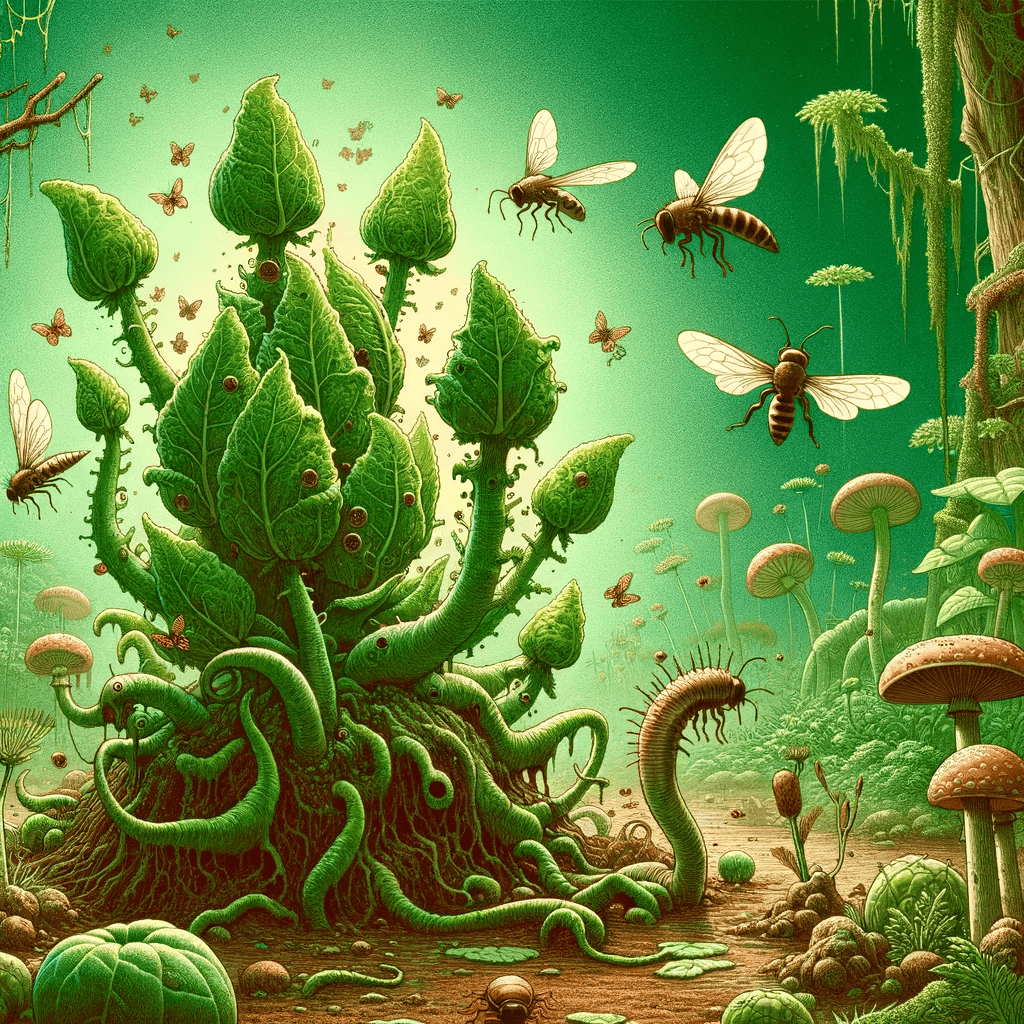
Halloween is almost upon us, and with Halloween, zombies emerge into the spotlight. In the realm of horror movies and folklore, zombies have long captured our collective imagination. These undead creatures, stumbling around with a hunger for brains, are the stuff of nightmares. But what if I told you that zombies are not just confined to the silver screen or the pages of a Stephen King novel?
From the infamous “zombie-ant fungus” to wasps that manipulate cockroaches and the viruses that have been reanimated after tens of thousands of years, the natural world is teeming with examples of zombification that are as fascinating as they are unsettling. Here are some of them.
1. Zombie ants
Ophiocordyceps unilateralis is a pretty inconspicuous fungus at first glance. You wouldn’t think twice if you came across it. But this unassuming fungus has a gruesome superpower: it can infect ants and use them to do its bidding. That’s why it’s called the “zombie-ant fungus” — and ants infected by it are called “zombie ants”.
The unfortunate ants that do get infected leave their nest, searching for an area with the right temperature and humidity that the fungus likes. They also start producing antibacterial substances that protect the fungus. The ants’ entire lives revolve around their new fungal overlord, relegated to a mere vessel.
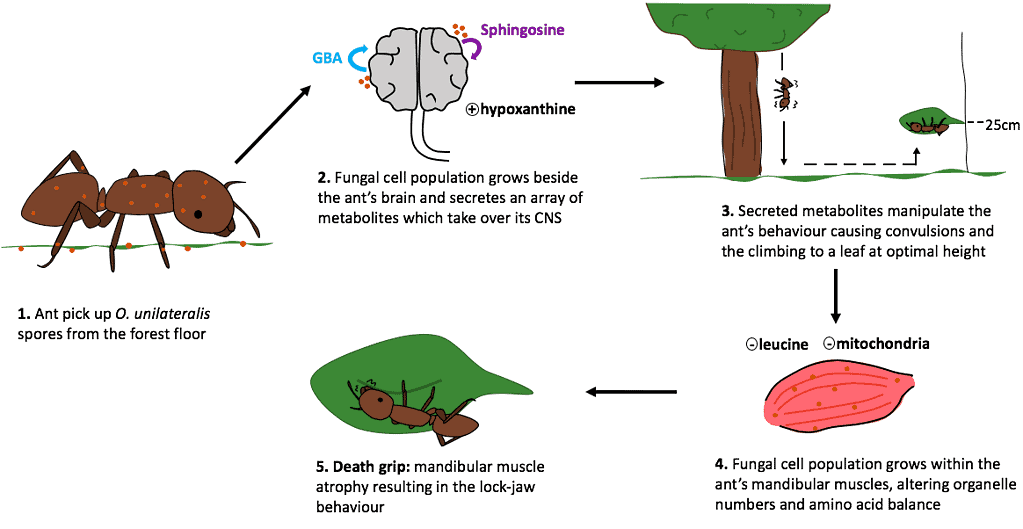
Infected ants typically use their mandibles to attach themselves to the underside of a leaf. They remain there, serving only to support the fungus. In many cases, the fungus starts growing from the ant’s head, releasing its spores in the process.
This is a stunning adaptation of the fungus. The scariest part about it is that this isn’t even a single fungus: over 200 Ophiocordyceps species have been described, although it’s unclear how many of them can create zombies.
2. Zombie cockroaches
If you think that’s not gruesome enough, well, here we go. The emerald cockroach wasp or jewel wasp (Ampulex compressa) is a solitary wasp with a distinctive green appearance. The wasp is mostly found in tropical regions, where it has developed one of the most brutal reproduction strategies.
Females of this wasp species target a specific type of cockroach. They inject venom to paralyze and incapacitate the cockroach. Then, if the unfortunate insect is incapacitated, it injects a specific venom directly into the cockroach’s ganglion. See, the wasp can’t carry the cockroach. But it wants to feed it to its yet-unborn larvae. So it turns it into a zombie.
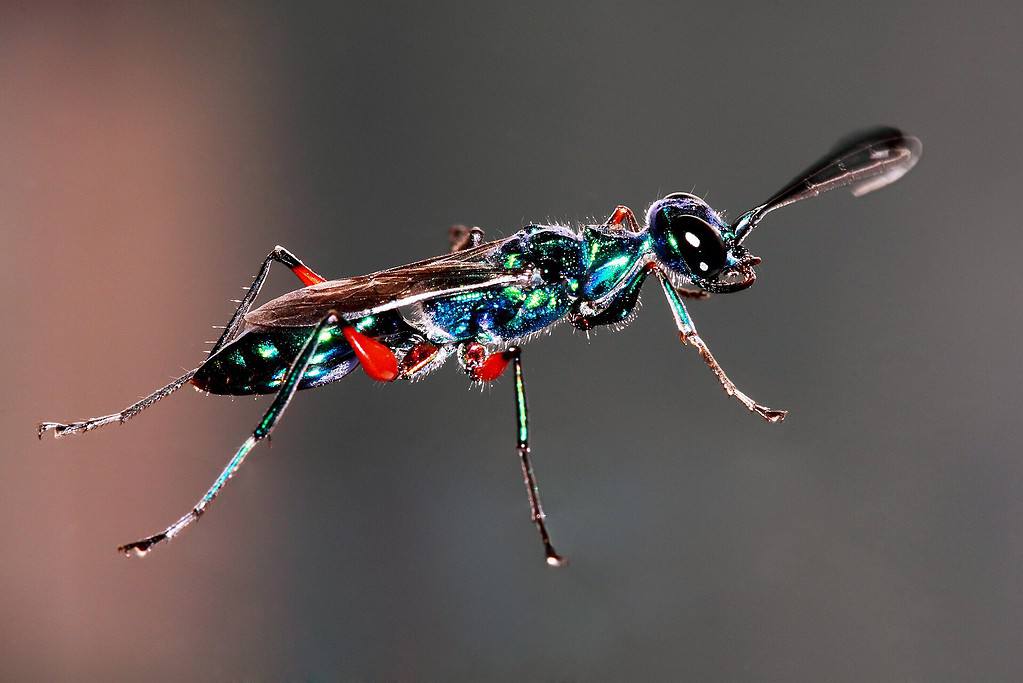
After the cockroach is zombified, the wasp proceeds to eat half of each of its antennae, and then leads it to the wasp’s burrow by pulling on its antenna remains like a leash. Then it lays one or two eggs inside the cockroach’s legs and seals the hole.
The wasp larva will emerge and eat the roach’s internal organs, killing it. Once properly fed, the larvae form a cocoon inside the roach’s body. They emerge as adults from the cockroach and start looking for other cockroaches to mess up.
3. Zombie caterpillars
If you’ve been following the news, you may remember a “plague” of zombie caterpillars raining hell on British picnics a few years ago.
The caterpillars have the misfortune of becoming infected by a virus called baculovirus. The baculovirus infects all sorts of insects and arthropods. But it has a bizarre effect on caterpillars. When it infects a caterpillar, it causes it to start eating continuously without resting. The caterpillar just eats and eats, and at some point, climbs to the higher part of a tree, where it would normally not be (because it’s at risk of predation).
There, they just explode.
Upon exploding, they spread the virus further down, where it has a higher chance of infecting other caterpillars.
4. Zombie spiders
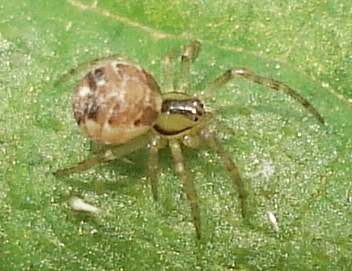
Spiders can be grisly hunters in their own right, but one wasp has found a way to spin it against them.
Researchers found that a previously unknown species of the Zatypota wasp can manipulate spiders from the Anelosimus eximius species to a shocking extent. The wasp injects its offspring into the abdomen of spiders, and from thereon, the spider is compelled to do what the wasps want.
The spider spins a cocoon-like web that allows the larva to develop. It consumes the spider and starts its adult life.
So as if wasps weren’t scary enough as it is, turns out, wasps and zombies go hand in hand.
5. Zombie plants
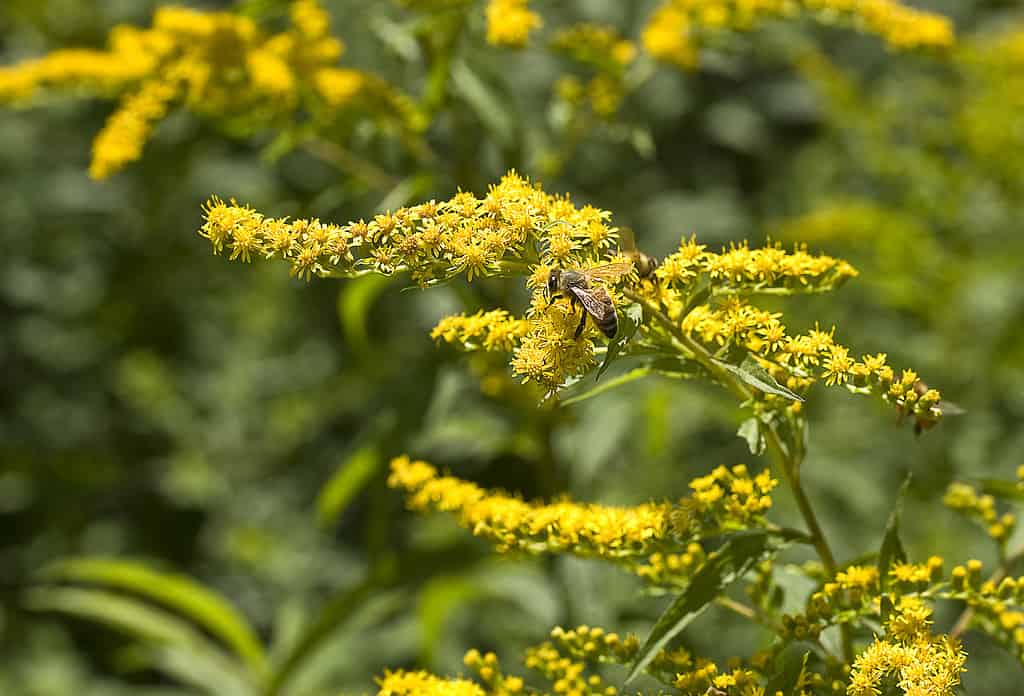
It’s not just animals that can become zombies, plants can suffer the same fate too. It’s not as gruesome but certain bacteria, known as “phytoplasma,” can turn plants into zombies. It’s not Plants versus Zombies, it’s zombie plants.
Essentially, the bacteria causes the plant to start producing leaf-like growths instead of their flowery blooms. This attracts the insects that disseminate the bacteria, essentially rendering the plant unable to reproduce.
“The insects transmit bacteria, so-called phytoplasmas, which destroy the life cycle of the plants,” says Prof. Günter Theißen from Friedrich Schiller University Jena in Germany, one of the researchers who have closely studied the activity of phytoplasma.
This process (like most other zombifications) is still rather poorly understood.
6. Zombie viruses

Until now, we’ve spoken about one creature or another becoming zombified through an infection. But I want to introduce you to a different type of zombie: the reanimated one.
Earlier this year, researchers reanimated viruses that have been lying dormant in permafrost for over 48,000 years. These are, as far as we know, the oldest reanimated beings in the world (although you could debate whether viruses are alive or not).
The team, led by Jean-Michel Claverie, an Emeritus professor of medicine and genomics at the Aix-Marseille University School of Medicine in Marseille, France, has been resurrecting zombie viruses for years. They’re doing it to understand what happens to these viruses. This is particularly important because due to climate change, vast swaths of ice are melting, releasing the viruses they once contained. Perhaps, actually, climate change is the scariest thing on this list.
“While the literature abounds on descriptions of the rich and diverse prokaryotic microbiomes found in permafrost, no additional report about ‘live’ viruses have been published since the two original studies describing pithovirus (in 2014) and mollivirus (in 2015). This wrongly suggests that such occurrences are rare and that ‘zombie virus’ are not a public health threat,” write the authors of the new study.






